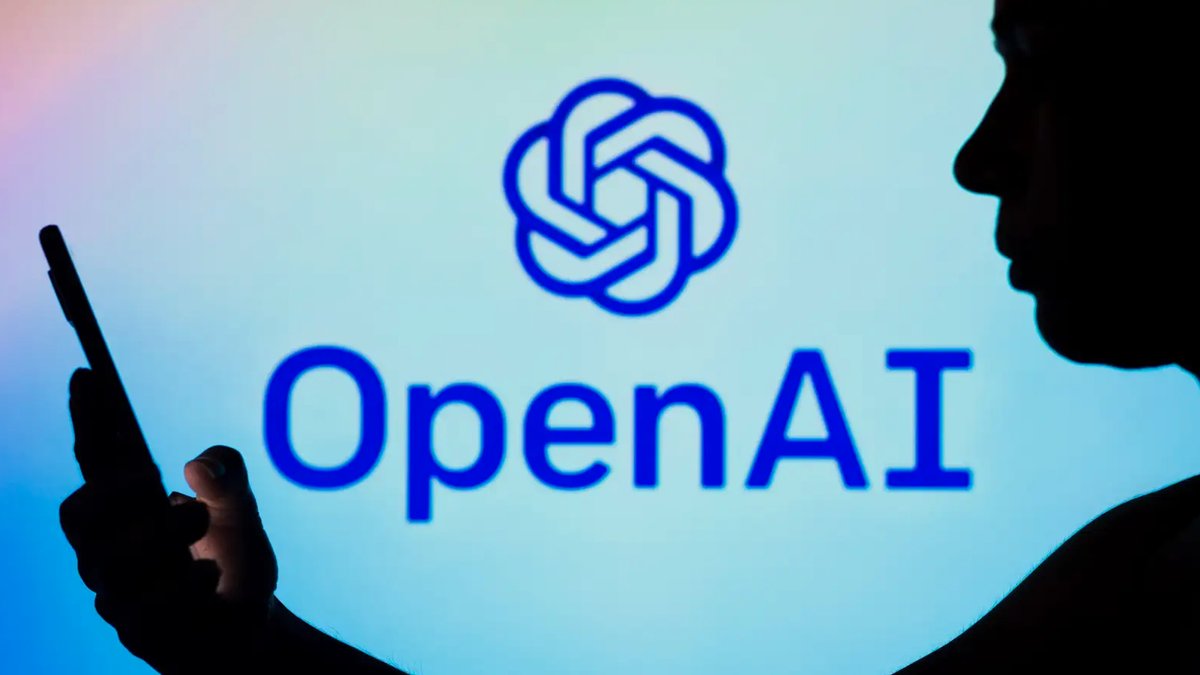“We now have to do the essays in class under timed conditions,” one student told Doha News.
As ChatGPT soars in popularity, some schools around the world have banned its use, and Microsoft has considered pouring $10 billion into the chatbots father company, OpenAI.
Conversations about the chatbot have taken the internet by storm thanks to its impressive ability to generate stories, poems, coding solutions, and more.
The education board of New York City has banned it from schools due to its potential to provide answers and simple solve students’ homework.
The largest US school district’s decision to ban access to the ChatGPT website on school computers and networks may have repercussions on other campuses, sending teachers scrambling to come up with effective cheating prevention strategies.
Although the free tool has only been available for five weeks, it is already posing difficult questions in Qatar and around the world about the use of AI in education, the tech sector, and a variety of other fields.
Back to good ol’ papers
Nathenael Gemechu, a student at Northwestern University in Qatar, told Doha News that conversations about ChatGPT have already started as the new semester kicked off.
“One of our professors expressed his concern about cheating and plagiarism using AI assistance,” said Gemechu.
The mentioned professor’s essays were often submitted online. However, since he discovered the existence of ChatGPT, he implemented some serious changes.
“We now have to do the essays in class under timed conditions. He mentioned in passing that there are AI detection softwares that he was considering but he he didn’t believe that they are powerful enough to detect cheating if ChatGPT gets updated,” added the fourth-year student.
‘Opportunity, not a threat’
Naji Musa, both a parent and a technology expert based in Doha, has a unique perspective on the potential that ChatGPT bring to the field of education.
“I view ChatGPT as a valuable opportunity for education rather than a threat. I actively encourage my children to use it as a tool to enhance their learning and research abilities.”
He believes that ChatGPT’s ability to understand and respond to natural language input makes it an ideal resource for assisting with homework and research projects.
As a student, Gemechu agrees.
“I can ask it about the Biafra war for instance and instead of having to look through Google and spend time researching, it will literally explain things to me like I am five. I believe the way it answers specific questions like that speeds up the learning process.”
The chief technology echoed similar sentiments, saying it can make students more efficient.
“ChatGPT working and completing the mundane job will make students more efficient, and give them the time to focus on generating new ideas and critical thinking. This will help them to develop the skills that are most important for success in the future,” he said.
How can it be integrated in the education system?
Plagiarism remains one of the main reservations that educators have about the use of language models like ChatGPT. However, Musa said he predicts ChatGPT will be integrated with plagiarism checking platforms such as TurnItIn, which will help to detect and prevent plagiarism.
Educating students about plagiarism, encouraging the use of citations, giving students access to reliable sources, encouraging original thought and creativity, using software to detect plagiarism, promoting self-reflection and self-assessment, and incorporating peer reviews, group projects, and class discussions are some other solutions that educators can integrate into their classes.
These steps if taken, Musa believes, will promote balance and guarantee that students use ChatGPT’s sophisticated features in an ethical manner.
“In terms of college essays it definitely challenges the notion that students do authentic work but I think college essays in general are kind of an outdated method anyway. But if professors insist, there are still various methods to get through cheating,” said Gemechu.
What is ChatGPT?
ChatGPT is a member of a new breed of artificial intelligence (AI) systems that, using knowledge gleaned from a sizeable database of digital books, online writings, and other media, can converse, produce readable text on demand, and even create original images and videos.
The ChatGPT tool, however, is more user-friendly and accessible to anyone with an internet connection than earlier iterations of so-called “large language models,” such as OpenAI’s GPT-3, which was released in 2020. The interaction between the AI system and the person asking it questions resembles a written dialogue.
Over the past month, millions of people have experimented with it, writing silly songs or poems, trying to trick it into making errors, or using it for more useful tasks like assisting with email composition. It is also becoming smarter as a result of all those queries.
Drawbacks
Although ChatGPT can produce persuasive prose, like other similar systems, this does not imply that what it says is true or logical.
The promise that ChatGPT will admit when it’s mistaken, challenge “incorrect premises,” and reject requests meant to elicit offensive answers were the only instructions provided at the time of its launch. Since then, though, it has become so popular that its creators had to come out with statements to lower people’s expectations.
Sam Altman, CEO of OpenAI, stated on Twitter in December that ChatGPT “is incredibly limited, but good enough at some things to create a misleading impression of greatness.”
It’s a mistake to rely on it for anything significant at this time, Altman continued.
“It’s a preview of progress; we have lots of work to do on robustness and truthfulness.”







